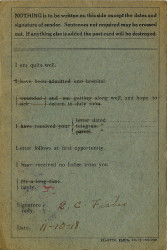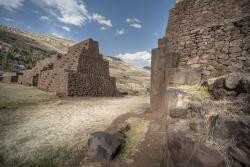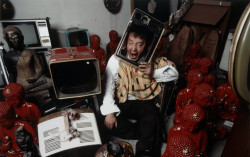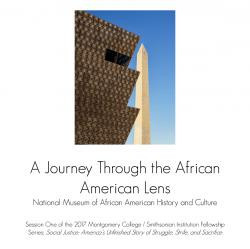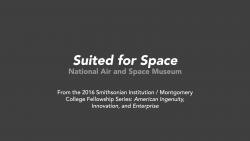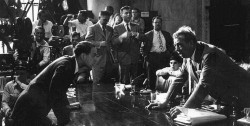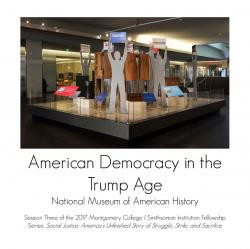Tess Porter
I'm the former User Experience Strategist at the Smithsonian Office of Educational Technology. Here, I focused on the use of digital museum resources to support teaching and learning. My work draws on my experience as a museum educator, digital analyst, usability researcher, and content designer. I hold a B.A. in Anthropology and a B.A. in Art History from University Colorado Boulder, and an M.S. in Museums and Digital Culture with an Advanced Certificate in User Experience from Pratt Institute.
Tess Porter's collections
The Classical Origin of Iconic American Symbols
 Tess Porter
Tess Porter
Shoes: Exploring Culture, History, Place, and Innovation
 Tess Porter
Tess Porter
Letter Writing and Censorship in World War I
 Tess Porter
Tess Porter
Inka Architecture: Teaching Resources
 Tess Porter
Tess Porter
New Orleans & Place
 Tess Porter
Tess Porter
Asian Pacific American Artists
 Tess Porter
Tess Porter
Langston Hughes: Examining Portraiture
 Tess Porter
Tess Porter
Walt Whitman: Examining Portraiture
 Tess Porter
Tess Porter
Social Justice: National Museum of African American History and Culture Resources
 Tess Porter
Tess Porter
What Makes You Say That?: Civil War Photograph
 Tess Porter
Tess Porter
Portrait Analysis: Lili'oukalani
 Tess Porter
Tess Porter
Designing a Better Voting Machine: 1880s to Today
 Tess Porter
Tess Porter

